The tale of the Knysna seahorses starts in a bustling seagrass meadow somewhere in South Africa. The tide is incoming, and the estuary is welcoming new residents – juvenile fish whose parents had sent them to the nearest nursery ground.
Romance is in the water too! With their tales intertwined, a seahorse couple celebrate each other and are constantly blushing in the moment with their colours changing as they reaffirm their bond. They dance in the bustling seagrass meadow, with the male determined to show his soul mate what her love means to him. So, they dance every morning, holding tails, changing colours as they blush and constantly reaffirming their bond until the male is ready to be a father. In an intimate moment, he reveals to his partner his brood poach and they separate. But, the dance continues as they elegantly float towards the surface as the female deposits her eggs into him. Every morning after this, they still meet for more dances.
While the courtship behaviour of seahorses is interesting, humans have been threatening their survival. This is the tale of the Knysna Seahorse:
Endemic and endangered
Endemic and endangered are the two realities that most describe the Knysna Seahorse (Hippocampus capensis). Unfortunately, these two realities, as well as the species’ limited, and fragmented distribution, makes its population highly sensitive to ecological perturbations and habitat destruction.
The only home for the Knysna Seahorse is South Africa. This means that the Knysna Seahorse is endemic to South Africa and can only be found in three estuaries which are: the Keurbooms estuary in Plettenberg Bay, Knysna estuary and the estuarine habitats of the Swartvlei system in Sedgefield.
Like other seahorses, they are bony teleost fish that have gills, a swim bladder and fins, and weirdly enough, they have eyes that can move independently of each other. This is because one eye will be looking for food and the second eye will be on guard, watching out for predators such as seabirds and marine mammals.
What does the Knysna Seahorse look like?
They are green to brown in colour and can grow up to 12cm in length. They are known to favour depths of 50cm to 8m on sandy bottoms or around clumps of seagrass and algae.
Text continues below.

Knysna Seahorse. 
Photos: Dave Harasti
Knysna seahorse’s prefer seagrass and algae habitats for survival but with increased human influence on coastal environments these habitats are under threat from sedimentation, boating activities, expanding coastal developments, and nutrient enrichment in estuaries. These habitats provide a suitable environment for them to camouflage themselves by holding onto seagrass stems while they sit and wait…and wait… and wait and then ambush their prey. Seahorses predate on small fish and shellfish, which they suck into their mouths. Their role in an ecosystem is important as they are bottom-dwelling predators and they are also preyed upon by invertebrates, fish, sea turtles, seabirds and marine mammals. Therefore, removing them from their homes disrupts entire ecosystem.
What makes the Knysna Seahorse more vulnerable is that it has no stomach. This requires continuous grazing and feeding from the Knysna Seahorse because food passes through their digestive system fast. Which means that they eat… and eat… and eat up to 3000 small copepods a day to meet their energy requirement needs.
This seahorse is the first seahorse species to be listed as endangered in the IUCN Red Data List in 2004 and it is protected under the Marine Living Resource Act (of 1998) which means that it is illegal to collect or keep the Knysna Seahorse without a permit. There are also strict laws about importing seahorses into South Africa.
Ongoing Threats
The biggest threat to Knysna seahorses are humans on their boats and humans who aren’t aware of the habitats they’re disturbing! It is also urban development, in particular, that threatens the populations – where the water’s edge is being littered with houses and shopping centres, and the water flowing directly into estuaries is polluted.
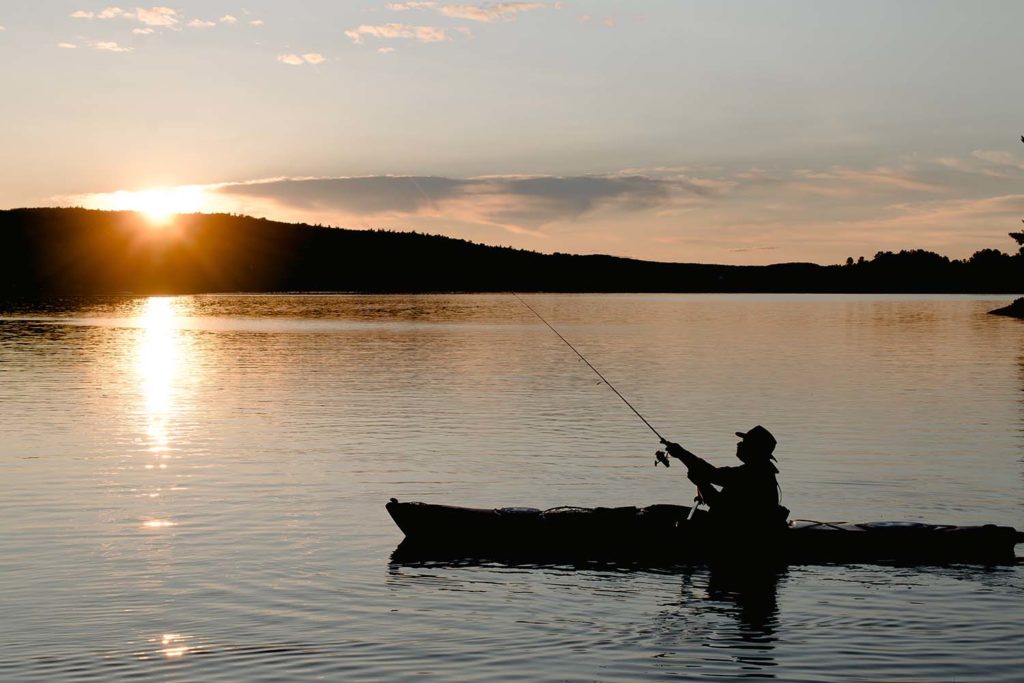
It is said that approximately 20 million seahorses are caught every year around the world for traditional medicine or for sale as curios and another million are caught for display in home and some public aquariums. The big world has truly been unkind to these small and wonderful seahorses!
Where to see the Knysna Searhorse?
So, you are wondering where is the best place to find these endangered seahorses without disturbing their environment? Well, you are in luck because the Two Oceans Aquarium located in Cape Town, South Africa, have the Knysna seahorse on exhibit. The Knysna seahorses in the exhibit, however, are not replenished from the wild as it is illegal to do so. Instead, they are bred at the aquarium when species stock requires replenishment, with many generations of Knysna seahorses being a part of the exhibit over the years!
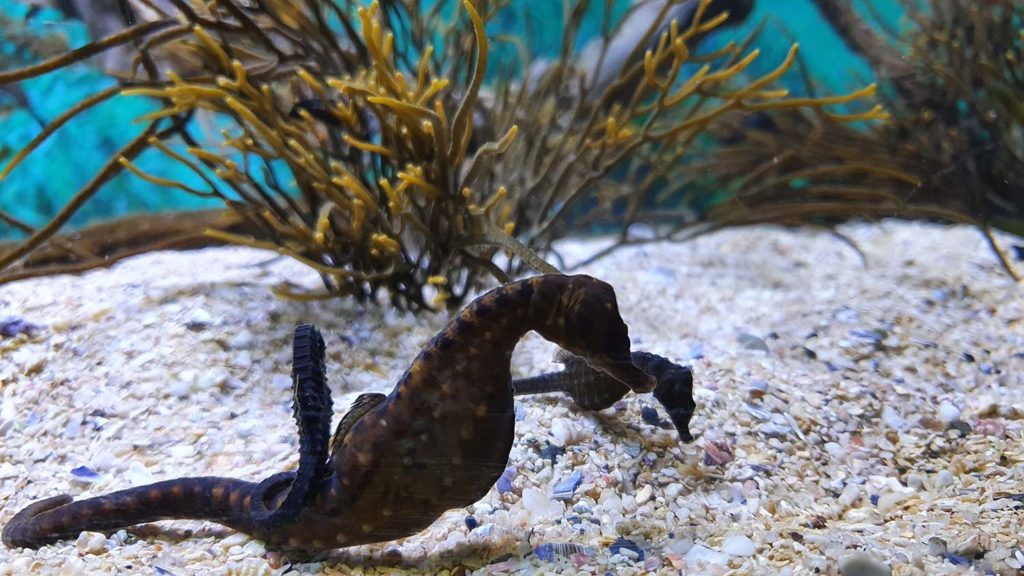
The next time you visit South Africa be sure to show these endangered and endemic seahorses some love, and you might witness their interesting love dance!
Psst. Discover more Endangered stories.

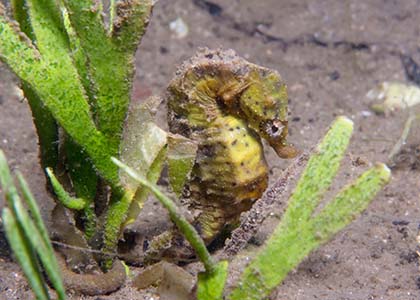
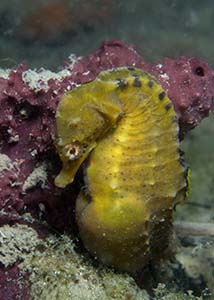
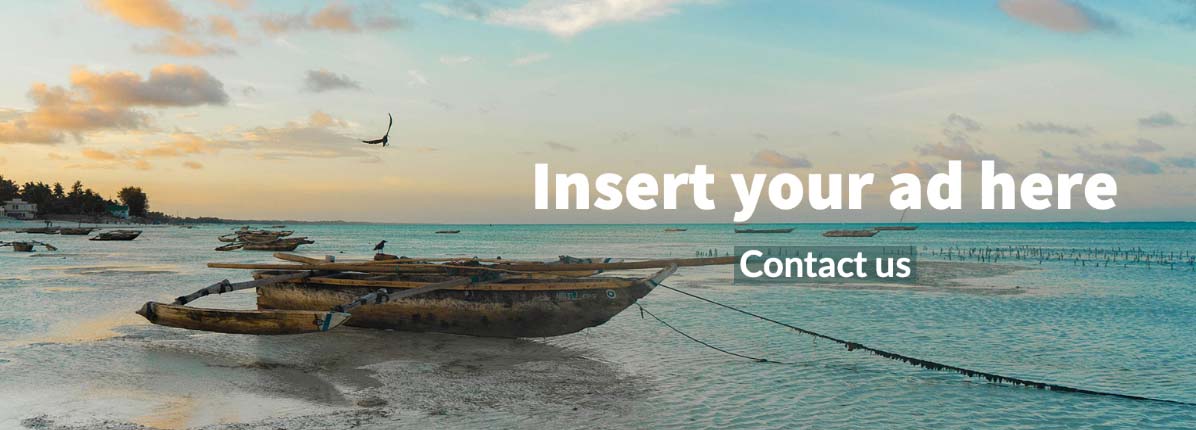
Recent Comments